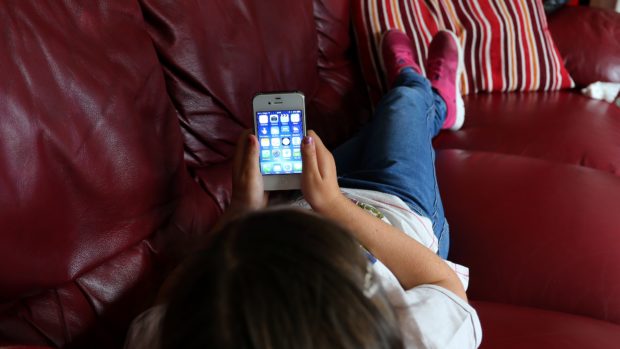
A short series of animations designed to inform children as young as four about online dangers has been launched by the National Crime Agency (NCA) in response to the growing threat of online grooming.
Referrals to the International Centre for Missing & Exploited Children, the US-based body to which the tech industry reports online child sexual abuse material, have soared in recent years.
Globally, the number stood at 18.4 million in 2018, with more than 113,000 in the UK, as increasing levels of sophistication, eliciting of photos and blackmailing is used by offenders.
Around 400 offenders a month are arrested in the UK related to child sex abuse and exploitation by the NCA and UK police forces, with some 500 children a month safeguarded.
The NCA’s CEOP (Child Exploitation and Online Protection) command has expanded its ThinkUKnow education programme to include four-year-olds for the first time, using an animated series called Jessie And Friends which takes a positive, safe and age-appropriate approach to the issue.
Four to five-year-olds are unlikely to be interacting with individuals online on their own as the majority are preliterate, but the new resource is intended to educate children early without using scare tactics.
“By getting in young, these behaviours will be learned and by the time children are more autonomous on the internet, they will be much less likely to be victims or be targeted by offenders,” said NCA director Rob Jones.
“We are already asking, ‘How did it get this bad?’. So in 10 years’ time we must be able to look back and see that we stopped it from getting worse.
“Arresting offenders is not the only answer to the problem.”
Kate Burls, head of education within the NCA’s CEOP command, added: “In an age where everything is digital by default, younger and younger children have access to tablets and mobile devices.
“We know from our investigations and intelligence that more offenders are targeting young children.”
Three video clips have been produced, which encourage children to speak to a trusted adult when they see something that makes them feel uncomfortable, to be careful about sharing photos online and to take care when using chat features in online games.
“It’s crucial that we reach children before they become more autonomous online, that we identify or help them to identify when something isn’t right online, understand how that’s making them feel, and know how they can respond safely to what they are experiencing in that time,” said Leah Buck, education co-ordinator at the CEOP command.
Resource packs including a story book for each episode are being made available for schools and parents.

Enjoy the convenience of having The Sunday Post delivered as a digital ePaper straight to your smartphone, tablet or computer.
Subscribe for only £5.49 a month and enjoy all the benefits of the printed paper as a digital replica.
Subscribe